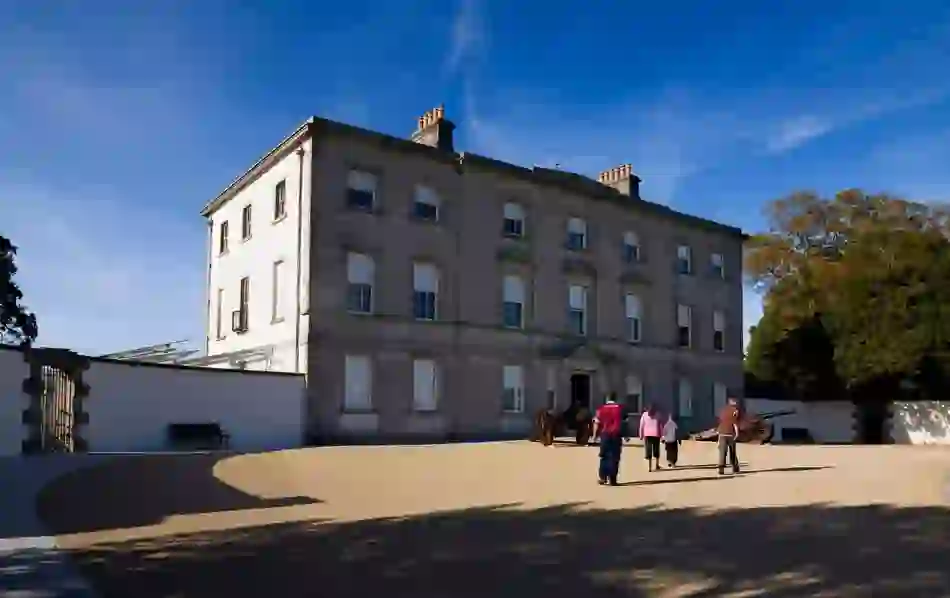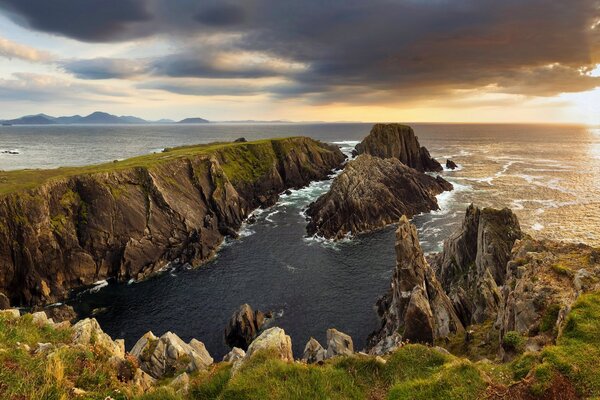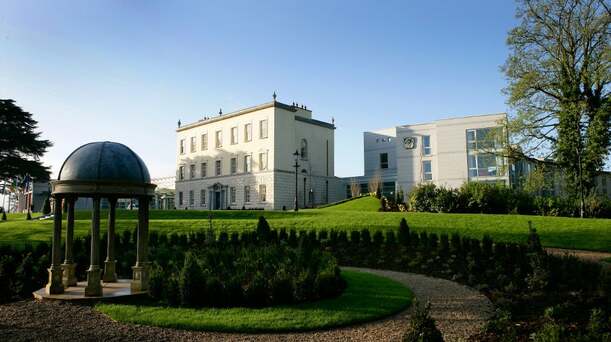

The Battle of the Boyne
Battle of the Boyne Visitor Centre, County Meath
At the Battle of the Boyne Visitor Centre, you can visit the site of the Battle of the Boyne – the largest battle ever to take place on Irish soil. The battle was fought on July 1, 1690 between the armies of King William III and King James II, on the banks of the River Boyne in County Meath.
For those who aren’t up on their 17th century Irish history, here’s a quick recap… The background to the battle is that the Catholic King James II lost the throne of England, Ireland and Scotland to his protestant daughter Mary II and her husband King William III, also known as Prince William of Orange. James, with his supporters, known as Jacobites, fought King William and his Williamite supporters, to regain the throne.
King William had 36,000 troops, while King James had 25,000 troops and both kings fought with their armies; a third king, Louis XIV of France was supporting his cousin James, but was not on the battlefield.


Oldbridge House, County Meath
The battle raged on for around 12 hours and around 1,500 men were killed before King William won. The battleground is now part of the Oldbridge Estate and the visitor centre is in a restored 18th century mansion on the estate, and it’s a great place for learning both about the battle itself, and the events leading up to it.


Replica of a Battle of the Boyne cannon
© Shutterstock
Exhibitions in the house and stable yard tell the story of the events, with political maps of Europe at the time, maps of the battle area, plus life-size models of the two kings, their generals, and the soldiers who fought on the ground and on horseback.
There are originals and replicas of the weapons, with muskets, bayonets, pistols and swords, plus canons and gunpowder carts in the artillery exhibition in the stable yard. A laser model of the battlefield runs through the key events, and there is also an audio-visual presentation about the battle.


Replica Battle of the Boyne cannon
Outside, you can take a self-guided tour of the battleground on the 200-acre Oldbridge Estate and there are information panels at the start of each walk. The walks include the Oldbridge village walk (500m), Crab Apple Walk (850m) and Greenhill’s Walk (2.6km), which all lead to the 1.7km walk to Groggin’s Field. There’s also a 3.6km Canal Towpath Walk.
After your tour, relax in the tearoom which has an outdoor terrace overlooking the octagonal walled garden, which is lovely for a peaceful stroll. There’s also a gift shop for souvenirs.


The Boyne Valley, County Meath
The surrounding Boyne Valley is full of important historical and archaeological sites and the Boyne Valley Drive is a good way to pack in all the top sights. Brú na Bóinne Visitor Centre and the 5,000-year-old passage tombs of Newgrange, Knowth and Dowth, a UNESCO World Heritage Site, is just 5.5km from the Battle of the Boyne Visitor Centre.


Mellifont Abbey, County Louth
At Mellifont Abbey, also 5.5km away, you can visit the remains of the first Cistercian Monastery in Ireland founded in 1142. There are two high crosses and a round tower at Monasterboice (11 km away) or take a tour of Slane Castle (also 11km away), built in 1785, and visit a working whiskey distillery. To learn about the meeting place of the Irish high kings and ancient Irish rituals, head over to the Hill of Tara, around 30km away.
With an abundance of farms and a coastline rich in seafood, the Boyne Valley area is also known for its food producers, with everything from cheese, honey and fruit to chocolate, cider and whiskey. You can visit farms of the area, take cookery classes and even learn make your own blend of gin.


Battle of the Boyne Visitor Centre
Need to know: Battle of the Boyne Visitor Centre
Admission costs €5 for adults, €4 for seniors/groups and €3 for children/students (under 12s are free). A family ticket is €13.
The visitor centre is open daily from 9am to 5pm from October to April, and from 10am to 6pm from May to September. It is closed at Christmas and New Year.
Allow around 45 minutes for the visitor centre and an hour for the self-guided walks.
During Living History events, for example during Heritage Week in August, you can meet costumed characters such as musketeers, barbers and coin makers in the stable yard.
To get to the centre, take Exit 9 or 10 from the M1 (from Dublin/Belfast), or from Drogheda, take the R132 and N51.
Last admission is one hour before closing. Car park exit gates are locked strictly one hour after closing.
















































